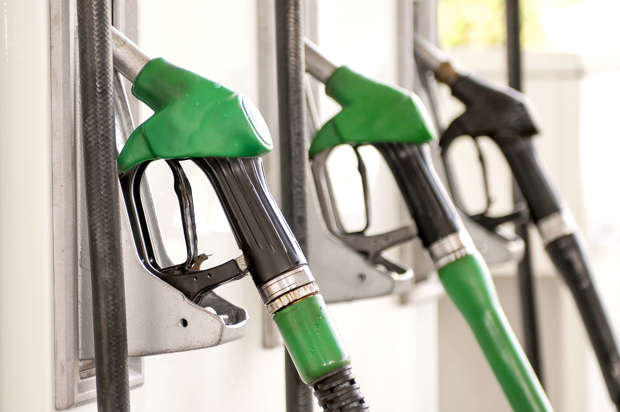Fuel prices fall again – but not fast enough

Fuel prices fell for the second month running in June 2024, but the RAC says they are still too high.
Petrol prices dropped by 3p a litre, while diesel fell by 4p, according to RAC Fuel Watch analysis.
It means petrol prices ended June at just under 145p a litre, while diesel fell to under 150p for the first time since early February.
But both petrol and diesel are still far too expensive in England, Wales and Scotland, insists the RAC.
In Northern Ireland, a litre of petrol is just 140.5p, 4.5p a litre cheaper than the UK average, while at 142p a litre, diesel is 8p cheaper than the UK-wide average.
Meanwhile, although prices at UK supermarkets fell to around 142p a litre for petrol and 147p a litre for diesel, the price disparity between different branches remains too high.
The difference between the cheapest and most expensive sites ranges from 6p for petrol at Tesco, to 10p at Morrisons, 13p for Sainsbury’s – and 35p at Asda, the latter impacted by it now being part of the Euro Garages portfolio, many of which are not supermarkets.
The gaps for diesel are bigger still, ranging from 9p at Tesco, to 38p at Asda.
Shell remains the UK’s most expensive petrol retailer, with BP not far behind.
Although it’s good news that prices have fallen, the RAC says petrol should be 4.5p lower across England, Scotland and Wales while diesel should be a whole 8p less.
"It leaves a bad taste in the mouth because we know drivers in Great Britain are continuing to get a raw deal," says RAC head of policy Simon Williams.
"We will continue to highlight this disparity, along with the massive differences between major retailers’ high and low prices, to the new government and the Competition and Markets Authority."

